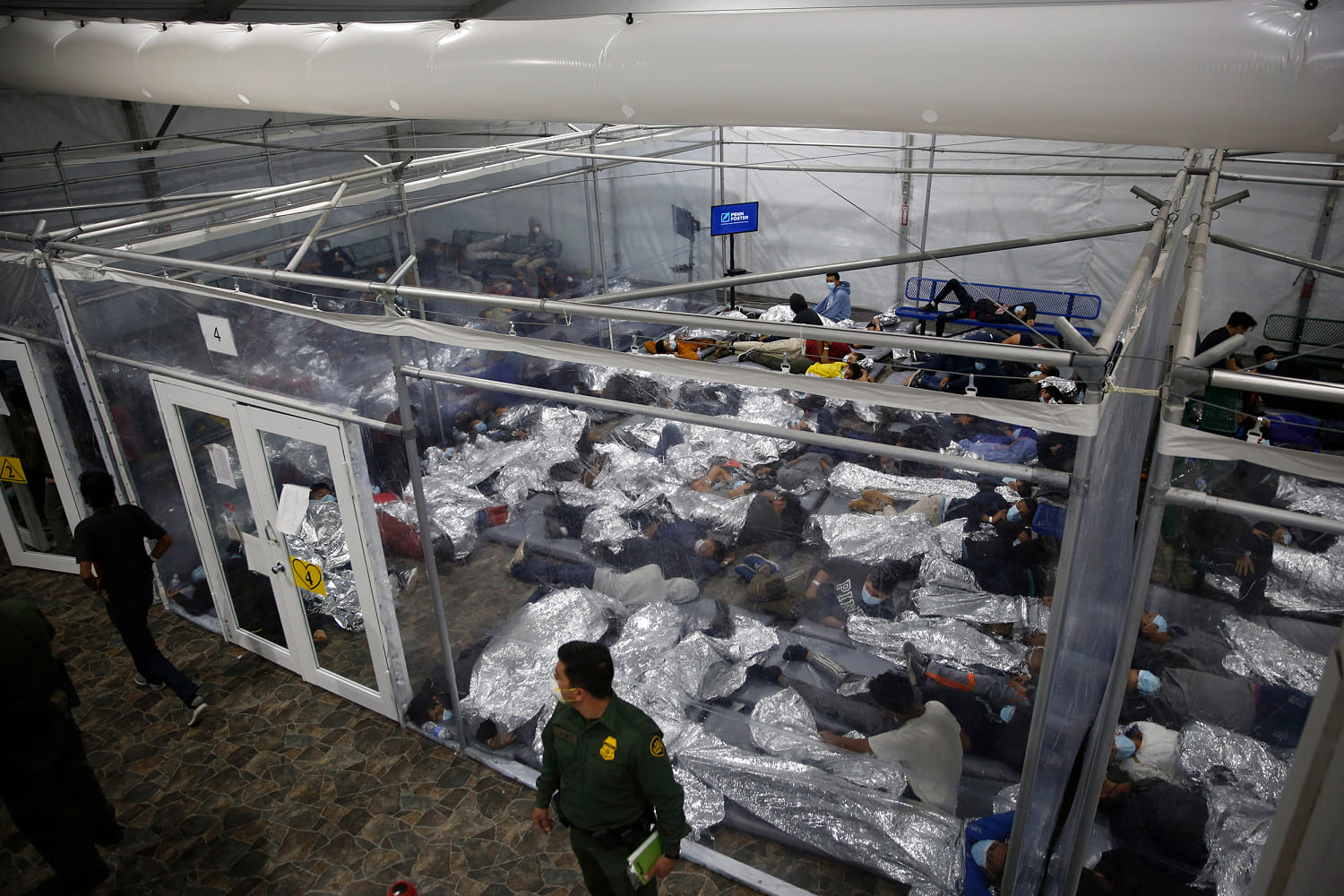We are an affiliate
Newsatw.com is a participant in the Amazon Services LLC Associates Program, an affiliate advertising program designed to provide a means for sites to earn advertising fees by advertising and linking to Amazon.co.uk.“As an Amazon Associate, I earn from qualifying purchases.”


The watchdog for the Department of Health and Human Services found gaps in how the agency vetted the people whom unaccompanied migrant children were sent to live with in the U.S. in 2021, according to a new report.
In an unprecedented surge, more than 300,000 unaccompanied children have entered the U.S. by themselves in the past three years and passed through the care of HHS’ Office of Refugee Resettlement before being released to parents, relatives or non-family sponsors across the country. About two thirds of the children are from Guatemala or Honduras. As part of its federal responsibility, ORR is charged with vetting potential sponsors before children are transferred into their care.
Child advocates have raised concerns that unaccompanied children living in the U.S. with little or no language skills and few resources could be vulnerable to human trafficking or child labor. Incidents of children illegally employed have spiked by 69% since 2018, according to the Labor Department.
The HHS Inspector General pulled a random subset of 342 cases from the agency from March and April 2021, a period during which almost 17,000 migrant minors were released to live with sponsors, and found that in 16% of the cases one or more safety checks were not documented in the files, according to the new report.
For 19% of the cases the IG examined there were no results in the files about the outcome of various FBI fingerprint and child abuse and neglect safety checks.
For more than a third of the cases, IDs that were provided to ORR to verify sponsor identities were hard to read or had incomplete images.
In cases where a nonrelative sponsor is offering to sponsor multiple kids or has sponsored other kids in the past, ORR is required to conduct a home study before placing any children with the sponsor. The IG found two examples where a mandatory home study did not happen.
In response to the report, the agency noted that auditors chose a subset of cases that occurred “during one of the most challenging periods in ORR’s history amid a historic number of unaccompanied children placed in ORR care, the largest and fastest expansion of emergency capacity, and at the height of the COVID-19 pandemic.”
Jeff Nesbit, the spokesperson for HHS, said the agency has improved its vetting process since 2021 and implemented “new and updated policies that not only align with the report’s recommendations but go further, including dramatically expanding access to post-release services for children released from ORR, increased sponsor vetting, and increased coordination between HHS and Department of Labor to aggressively protect against any abuse.”
HHS also concurred with all of the IG’s recommendations.









